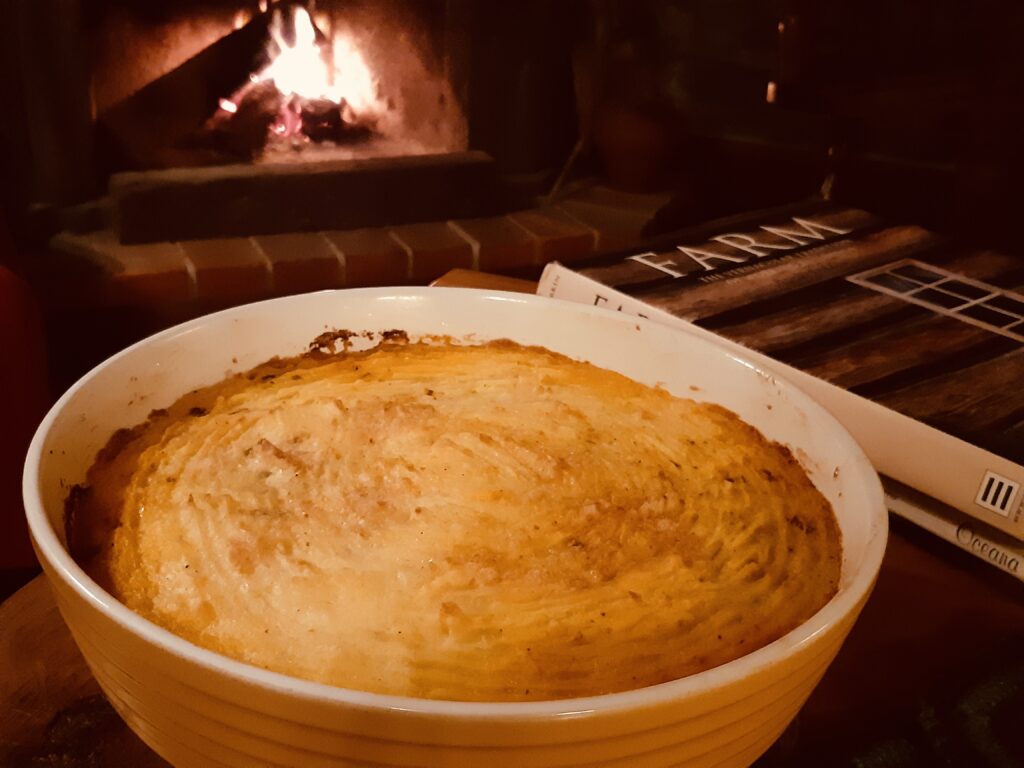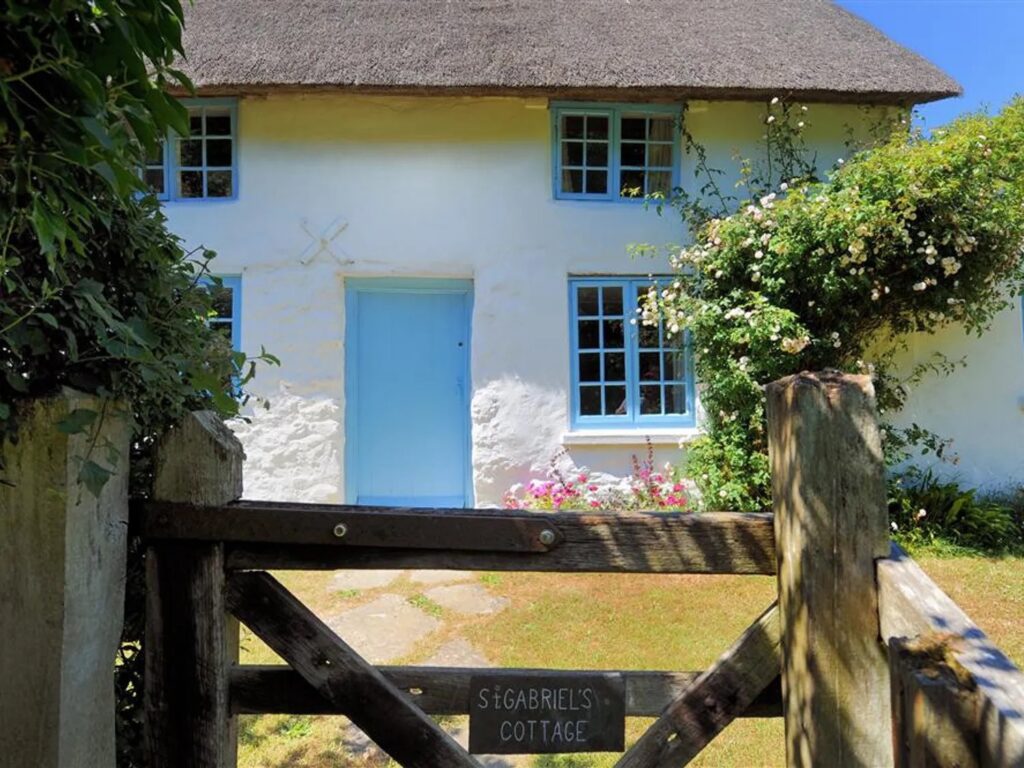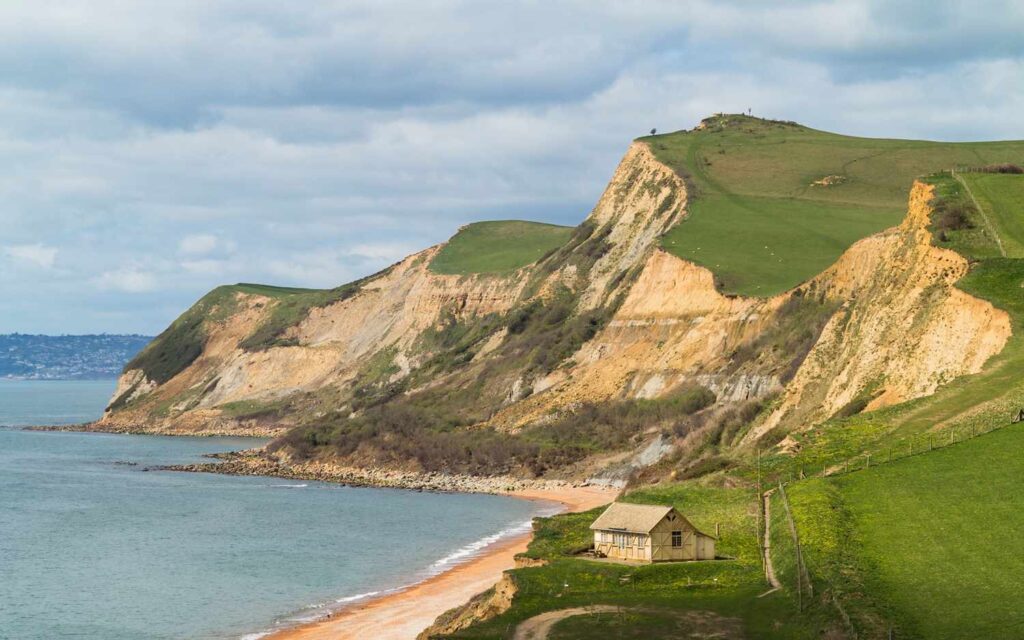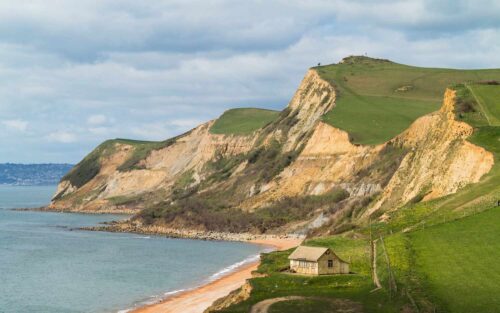
By Francesco Bianchini
I don’t know exactly when or where I ate cottage pie for the first time, but no doubt it was in a smoky country inn – English or Irish, either one of those sodden isles – where it’s pleasant to find the warmth and fragrance of a peat fire. For cottage pie is the ultimate comfort food when it’s raining outside, or just plain chilly inside your heart – a timeless and essential dish that you can imagine being prepared by the gnarled fingers of a ginger-haired country woman, slowly cooked in a cast-iron stove built into an ancient fireplace, and then served on a plate decorated in Blue Willow motif. (It seems half the kitchens of the British Isles were invaded by those ubiquitous services, imitations of fine Chinese imports, hastily stamped with a manufacturer’s decal in the fury of the Industrial Revolution.) As those country folk who kept their nose on the grindstone all day long, and in any weather had to be fed with substance, their bodies warmed, cottage pie – made of minced meat, leftover vegetables, slathered with a layer of mashed potatoes – was such a universal idea that it is found about everywhere, just known by different names: hachis parmentier in France, pastel de papa in Argentina, kibbet batata throughout the Middle East, empadão in Lusitanian lands. (But if ground lamb is used, the name changes, and it becomes Shepherd’s Pie.)

Inglenook, blue willow, books and prints – St Gabriel’s perfection
Since my initiation, I have replicated the recipe countless times, usually combining minced beef and pork, browned in a pan with butter and onion, moistened with a little of whatever is at hand: Madeira, port, Marsala, red wine, you name it. I add peeled tomatoes and a combo of already cooked vegetables (peas, carrots, green beans) and simmer for twenty to thirty minutes, sprinkling with cumin and paprika, and a pinch of sugar to correct the acidity of the tomatoes. In the meantime, the potatoes are boiling – I use the yellow variety – to be mashed and blended with butter, milk, salt, and a pinch of nutmeg. Then you transfer the stewed meat and vegetables into a baking dish and spread it over with the mashed potatoes. I try to make concentric grooves, even ripples with the tines of a fork – imagine a zen garden – before popping it in the oven, because for me cottage pie is not only food but also a bit of a fetish. The pie is ready in about half an hour, or when the ridges of the potatoes begin to brown.

On a cozy winter night, Madeira, January 2021
There is no better convergence than between a Cottage Pie and the cottage itself. They are so much meant for each other that whenever I am about to prepare the dish, my mind wanders back to the Golden Cap, the seaside cliffs of Dorset, England, to Saint Gabriel’s Cottage that Dan and I rented for two summers in a row. Airbnb hadn’t even been conceived at the time, the early 2000s, and to find the place, and where to park our rental car, we had to follow instructions in a series of emails that amounted to a treasure map. We plunged crazily down a one-lane rural road and, as instructed, left the car in a small verge, then trod along a path indicated by a solitary red stake, otherwise hidden by giant ferns and surrounding thickets. We crossed a small stream on a series of boulders, and finally found ourselves in front of a rustic gate. There she stood: Saint Gabriel’s Cottage, covered in white mortar, with its handsome thatched roof barely visible behind hedges of honeysuckle and climbing roses. It looked like something from a Beatrix Potter illustration, picturesque as it was, and we duly found the key under the kitchen window, hidden beneath a brick covering the water tap. But whoever says ‘cottage’ says low lintels, steep, narrow (and treacherous) stairs; a romantic but primitive kitchen, scanty bathroom, poor ventilation. Saint Gabriel’s then belonged to a certain Mr. Passmore whom we were never meant to meet, but whose presence nevertheless hovered in the form of notes scattered all over the place, written in an unsteady hand. We had the idea of an almost centenarian gentleman confined to an armchair, a cup of tea in his hand, monitored carefully by a nurse lest he spill it.

The footpath gate, twixt mountain and sea |

My pencil sketch, July 16th, 2001 |
The cottage was a white spot lost in the lush green hills – those of 180 million years of age, they say, the Jurassic Coast overlooking the English Channel – on which we would spend hours at low tide searching for fossils. Those who are acquainted with summer in the British Isles know that the barometer has no rhyme nor reason. Evenings in Dorset were especially refreshing, what with the sea just a stone’s throw away, and that first evening, as the shadows stretched across the backyard, Dan struck up the electric stove in the fireplace. A red-hot warmth flushed out the stench of old carpets, yellowed books, swollen wood, and mice-disputed eats in every recess. It was then I thought of preparing the famous pie. The aroma of spicy meat, and the steaming starch of the yellow potatoes cheered us, while we drank gin and tonics and played a wild game of cards in the inglenook. (We made do with an old deck we found on the shelf, the wrapping of which warned us in Mr. Passmore’s seismographic handwriting absolutely not to take it from the cottage, and thus remove it from the enjoyment of other guests.)

The Golden Cap and Jurassic Coast, Dorset, England
We found that same threatening message on other items left for our comfort and enjoyment: road maps dating back to the 1950s; obsolete touring club guides; mystery novels with missing pages, board games minus their instructions, etc. In a bedside drawer we found something new, obviously left behind by the guests who’d preceded us – a packet of condoms. What we would have given to see the faces of the next vacationers when they discovered the same box with the stern warning, Do Not Remove From Saint Gabriel’s Cottage, imitated and inscribed to perfection by Dan.






